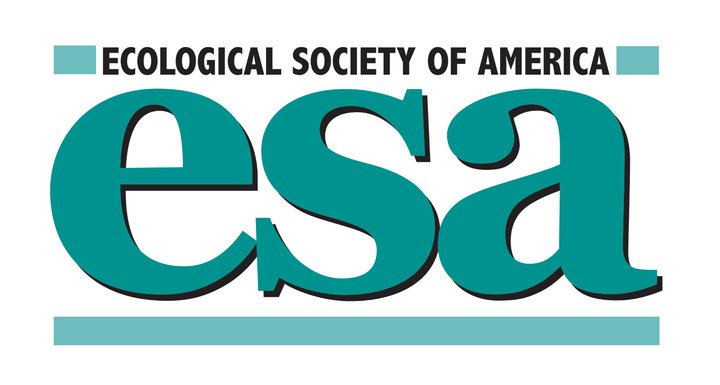DIG into Data FMN (2017)
Overview
|
This is a completed Faculty Mentoring Network (FMN). FMNs are sustained, immersive, community-based professional development opportunities for faculty. FMNs support the adaptation and implementation of materials and/or instructional approaches in their classrooms. Learn more about FMNs. Interested in upcoming FMN opportunities? Sign up for the QUBES Newsletter Browse products from this FMN Visit partner groups for full resource collections |
DIG into Data for the Biology Classroom
Building a Collaborative Space for Teaching with Quantitative Data
Brought to you by
Goals
- Educate faculty members on effective pedagogical practices around teaching with research data
- Support development of pedagogical material focused on bringing data into the biology/ecology classroom
Mentors
- Kaitlin Bonner, St. John Fisher College
- Kristine Grayson, University of Richmond
- X. Ben Wu, Texas A&M University
Final Products
Climate Change and Phenology: Evaluating Temperature, Precipitation, and Phenology of Frogs and Toads in Minnesota
Version: 1.0.0 Adapted From: Investigating the footprint of climate change on phenology and ecological interactions in north-central North America v1.0
The nose knows: How tri-trophic interactions and natural history shape bird foraging behavior
Version: 1.0
The Effect of Climate Change on Butterfly Phenology
Version: 1.0
Parasites -- They're what's for dinner: Investigating the role of parasites in aquatic food webs
Version: 1.0
Diseasebots
Version: 1.0
Freezer Full of Fossils v2.0
Version: 1.0
Sleep and Learning Lab
Version: 1.0




